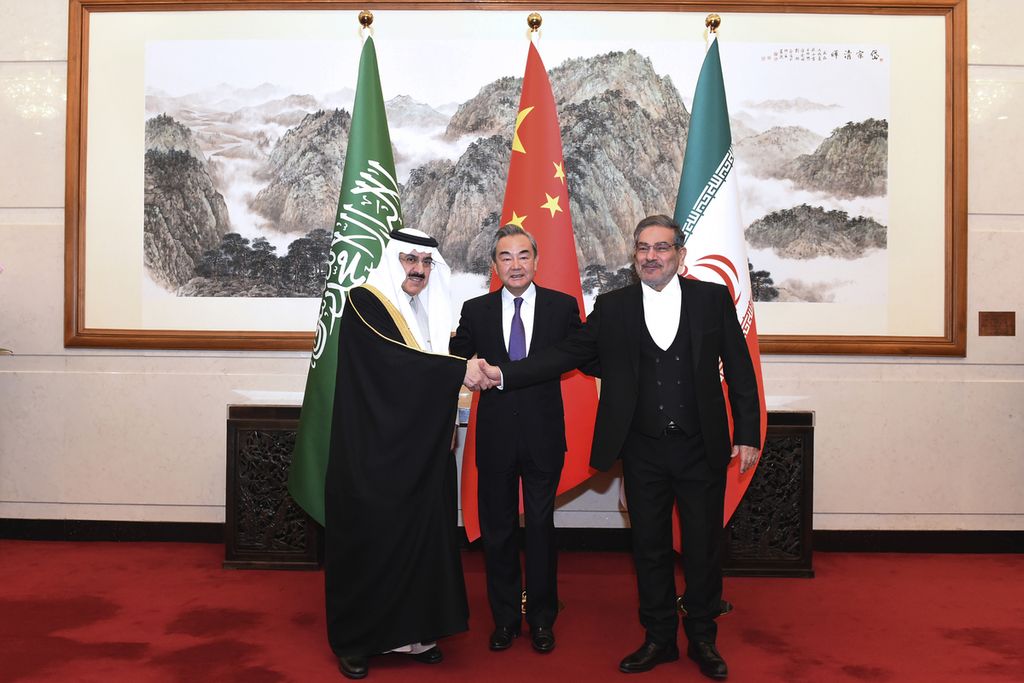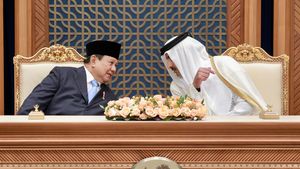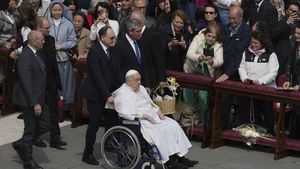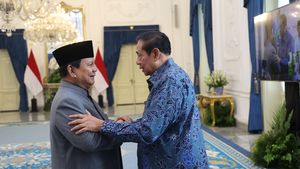MIDDLE EAST GEOPOLITICS
Saudi-Iran Reconciliation Alters Middle East Map
The restored ties between Saudi and Iran could not only alter the geopolitical security map in the Middle East, but could also stop conflicts in a number of countries. However, the US and Israel will not remain silent.

In this photo released by Xinhua News Agency, Ali Shamkhani, the secretary of Iran's Supreme National Security Council, at right, shakes hands with Saudi national security adviser Musaad bin Mohammed al-Aiban, at left, as Wang Yi, China's most senior diplomat, looks on, at center, for a photo during a closed meeting held in Beijing, Saturday, March 11, 2023. Iran and Saudi Arabia agreed Friday to reestablish diplomatic relations and reopen embassies after seven years of tensions. The major diplomatic breakthrough negotiated with China lowers the chance of armed conflict between the Mideast rivals, both directly and in proxy conflicts around the region.
The reconciliation between Saudi Arabia and Iran, which was brokered by China and announced in Beijing on Friday (10/3/2023), has been the most surprising development in the Middle East in the first quarter of 2023. It was certainly an unexpected development in the region.
The restoration of ties between the two countries has been deemed to be on a par with other major events in the Middle East in recent decades, such as the 1979 Iranian Revolution, the Camp David Accords between Egypt and Israel in 1979, the Oslo Accords between Palestine and Israel in 1993, the Arab Spring of 2010-2022 and Saudi Vision 2030.
Versi cetak artikel ini terbit di harian Kompas edisi di halaman 4 dengan judul "Rekonsiliasi Arab Saudi-Iran Ubah Peta Timur Tengah".
Baca Epaper Kompas





